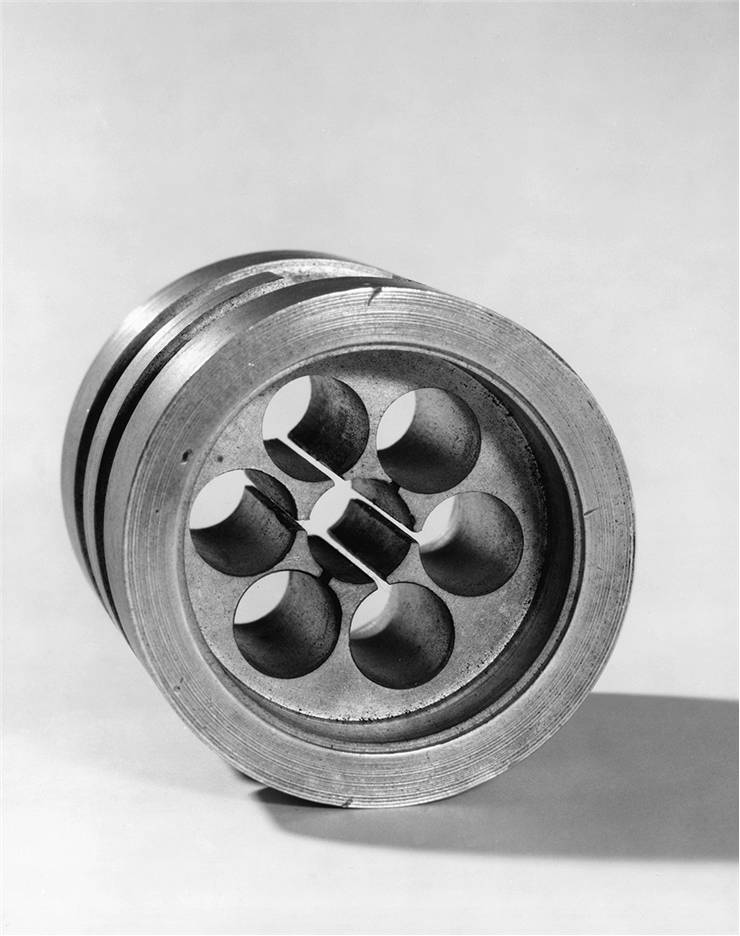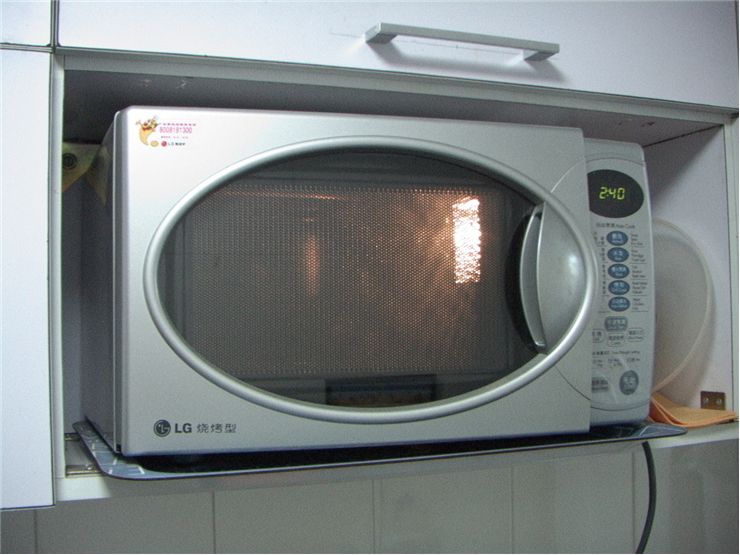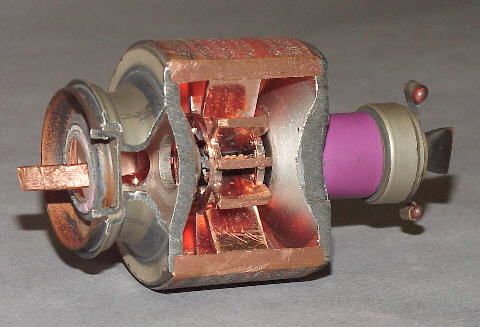How does a Microwave Oven Works?
Microwave oven, or a microwave, is a kitchen appliance that is used to heat food and for that it uses electromagnetic radiation (microwaves). Basically, microwaves are generated with magnetron (a high-powered vacuum tube that generates microwaves using the interaction of a stream of electrons with a magnetic field) and led into a metal box that holds the food that is heated and doesn’t let microwaves escape. Microwaves are a form of non-ionizing electromagnetic radiation a part of the electromagnetic wave spectrum that is commonly used in telecommunications, in radar detectors, in radio astronomy, for curing and drying wood, for GPS-type navigation, and in medical treatment of certain diseases. They have frequencies between 300 MHz (0.3 GHz) and 300 GHz. Consumer ovens usually use 2.45 gigahertz microwaves. Heat is generated in water, fat and other substances in the food by absorbing of energy from the microwaves in a process called dielectric heating. Many molecules are electric dipoles, which means that their centers of magnetic poles are not in one point (and with that they cancel out) but in two. That is why they try to align with electromagnetic field of generated microwaves. This field is alternating so the dipoles rotate and collide trying to align. This rotation and colliding is kinetic energy which manifests as heat and that is how food is heated in the microwave oven.
Because microwave ovens can cook unevenly they often have turntables on which the food is placed on a container, or a stirrer, a type of fan that reflects microwave energy to different parts of the oven. This prevents the colder or hotter spots in the food. Microwave ovens cook food "from the inside out". This idea comes from cases when absorbent layer of water lies beneath a less absorbent dryer layer at the surface of a food. If the food is more uniformly structured or reasonably homogenous, microwaves are absorbed in the outer layers of the item similarly to heat from other heating methods. Heating of food depends on how the water and other absorbent materials are distributed in the food.
If a metal or conductive object is placed into the microwave it will act as an antenna and generate electric current within itself and start heating. When they are designed properly, these metal objects can act as additional heating elements. But not all metal objects can be but into the microwave. If they have pointed parts they can create an electric arc (sparks) when microwaved. These objects accumulate electric charge in its points which can be so high to cause dielectric breakdown of air, about 3 megavolts per meter and with it electric arcs. Even aluminum foil, if wrinkled, can cause this phenomenon. Electric arcs can cause fire.
Some types of plastic should not be used in the microwaves because when heated they can release toxic chemicals. Only plastic that is marked “microwave safe” should be used in microwaves.
The most microwave ovens have a door with a window for easy viewing, but this window has a layer of conductive mesh which shields against the microwave leak. Perforations in the mesh have much shorter diameter than the microwaves' wavelength is (12.2cm), microwave radiation cannot pass through the door while visible light can (light has much shorter wavelength).


